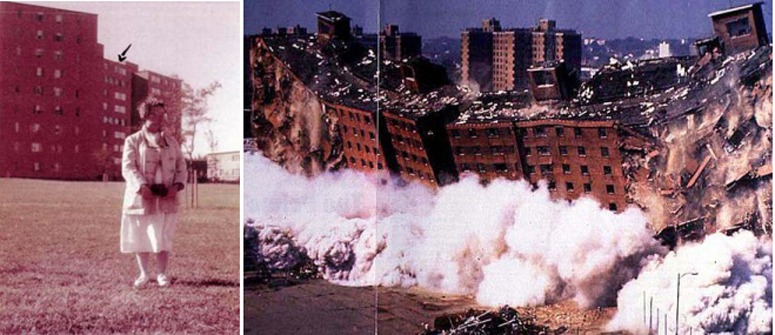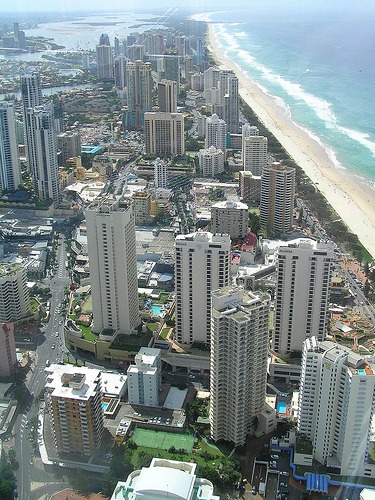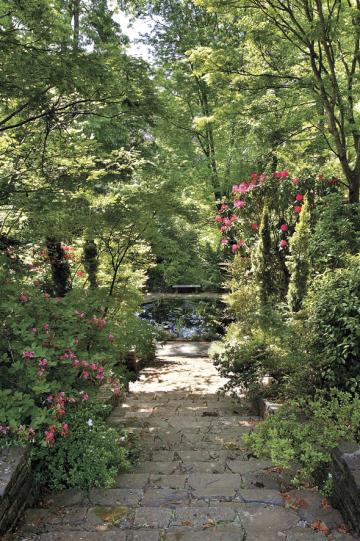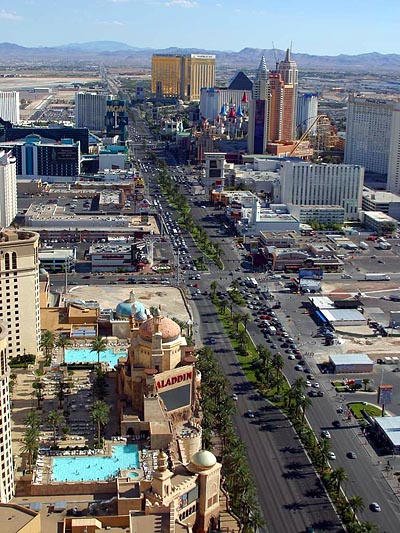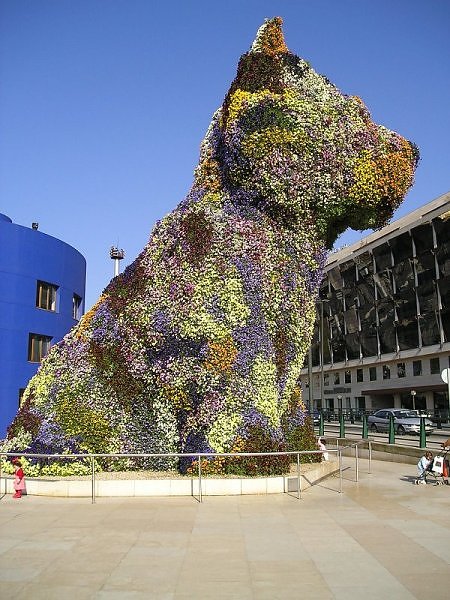What is the future of water architecture? [ http://wiki.provisionslibrary.org/blog/index.php/2008/02/06/water-architecture-a-floating-alternative-for-the-future/ ] Surely it is zen. http://www.whatsonyourplate.msstate.edu/architecture/water.html Or…. http://www.cmoa.org/exhibitions/popup/diller.html
Corbusier’s influence continues to inspire and to produce some of the most evocative architecture sensitive to its landscape setting. The building does not dominate the landscape, rather the landscape is both shield and platform. Garden is both formal and informal. http://www.archdaily.com/374/os-house-nolaster/



